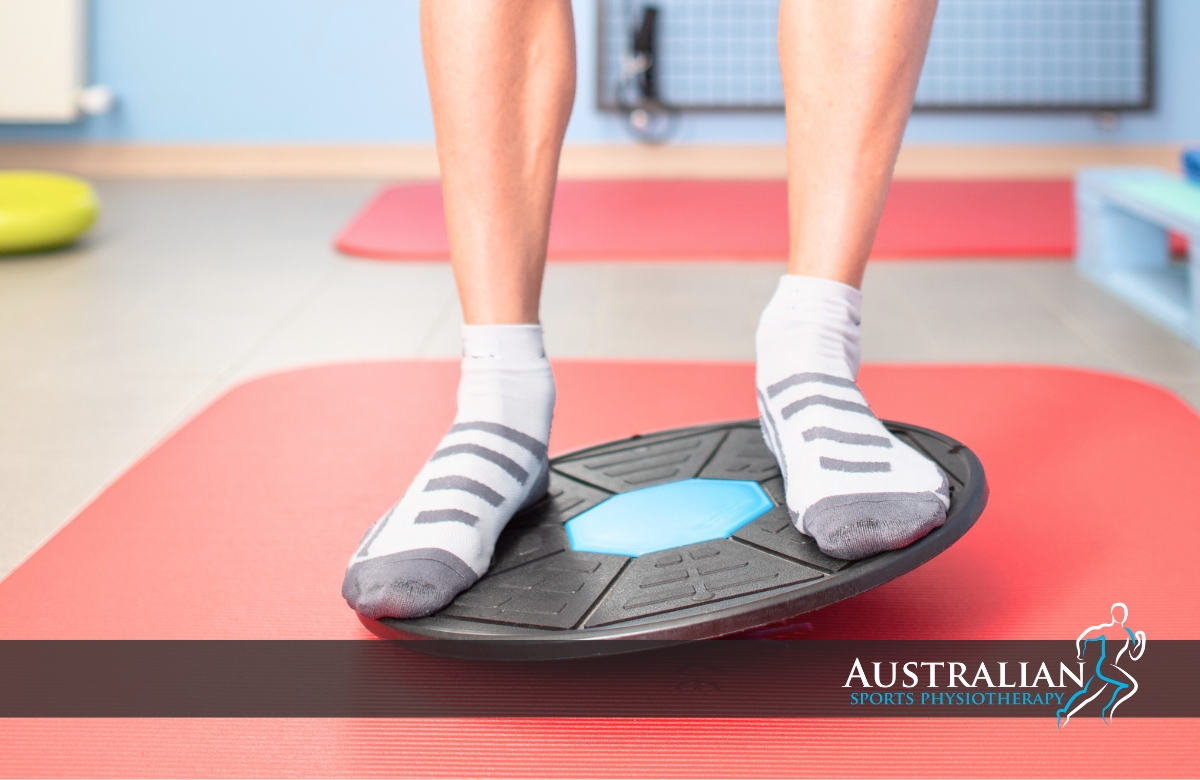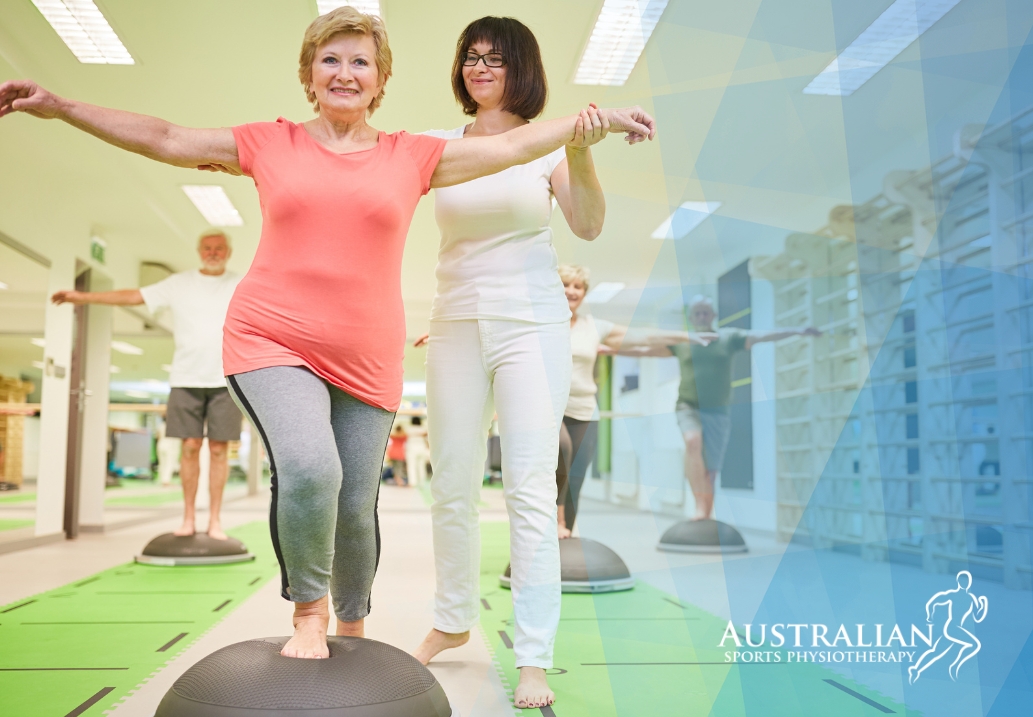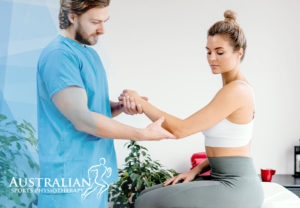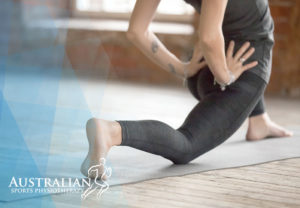Are you concerned about preventing falls as you age? Exercise physiology could be the key to improving your balance, strength, and coordination to reduce your risk of falls.
Falls are a leading cause of injury and even death among older adults. With the help of an exercise physiologist, you can develop a tailored exercise program that targets your specific needs and helps you stay active and independent.
By understanding the benefits of exercise on balance and mobility, you can take proactive steps to reduce your risk of falls and maintain your quality of life.
What is exercise physiology?
Exercise physiology is the study of how the body responds to physical activity, both in the short-term (acute responses) and long-term (chronic adaptations). It’s a field that combines physiology, the study of how organs and systems function, with kinesiology, the study of human movement.
Exercise physiology can be a powerful tool in preventing falls. Falls are a leading cause of injury, particularly among older adults. They can result in serious consequences, such as hip fractures, head injuries, and even death.
Exercise physiologists are qualified health professionals who can design and deliver safe and effective exercise programs to improve strength, balance, and flexibility. These programs can help to reduce your risk of falling.
An exercise physiologist will typically:
- Assess your risk factors for falls.
- Design a personalised exercise program that is safe and effective for you.
- Monitor your progress and make adjustments to your program as needed.
Falls prevention exercise physiology programs
Falls prevention refers to a set of strategies and interventions aimed at reducing the risk of falls, particularly among older adults. Falls prevention programs typically involve a combination of measures designed to address intrinsic and extrinsic risk factors.
Exercise plays a crucial role in falls prevention, especially among older adults.
1. Strength and balance training
Exercises that focus on improving strength and balance are essential. Strengthening exercises help maintain muscle mass and improve stability, while balance exercises enhance proprioception and coordination, reducing the risk of falls.
2. Flexibility exercises
Exercises help maintain joint range of motion, which can prevent stiffness and improve mobility, reducing the likelihood of falls.
3. Walking and gait training
Walking regularly and practising proper gait mechanics can improve stability and reduce the risk of tripping or stumbling.
4. Functional exercises
Incorporating functional movements into exercise routines helps improve the ability to perform daily activities safely, reducing the risk of falls during tasks like reaching, bending, or getting up from a chair.
5. Regular physical activity
Encouraging regular physical activity, such as walking, swimming, or cycling, promotes overall health and fitness, reducing the risk factors associated with falls, such as obesity, osteoporosis, and cardiovascular disease.
Aerobic exercises help improve your cardiovascular health, which can give you more energy to stay active throughout the day.
6. Environmental modification
Alongside exercise, ensuring a safe home environment by removing tripping hazards, installing grab bars, and improving lighting can further reduce the risk of falls.
Exercise serves as a multifaceted approach to falls prevention by implementing a comprehensive falls prevention program that addresses various physical and cognitive factors that contribute to falls.
It not only strengthens the body but also enhances overall well-being, thereby reducing the risk of falls and promoting independence and quality of life.
How does exercise physiology help with falls prevention?
- Improved strength
Stronger muscles can help you to maintain your balance and recover from a stumble.
- Improved balance
Balance exercises can help you to stay upright on uneven surfaces and avoid falls.
- Improved flexibility
Increased flexibility can help you to move more easily and avoid tripping over obstacles.
- Increased confidence
Exercise can help you to feel more confident in your ability to move around safely.
Additional tips for preventing falls
- Make sure your home is well-lit and free of clutter.
- Wear shoes that fit well and provide good traction.
- Use grab bars in the bathroom and shower.
- Have your vision checked regularly.
Common risk factors for falls
- Inactivity
- A history of falls.
- Aged 65 and older.
- Slow reaction time.
- Muscle weakness.
- Reduced sensation in the lower limbs.
- The vast majority of falls are attributed to poor balance and limited mobility, both of which can be improved with exercise.

Final thoughts
Incorporating exercise physiology into your falls prevention plan can make a significant difference in reducing the risk of falls and improving overall balance and strength.
By working with a qualified exercise physiologist, you can tailor a program to meet your specific needs and enjoy the benefits of improved mobility and independence.
Don’t wait until a fall happens to take action – start your falls prevention journey today and stay safe and active for years to come!










